Camping terms: a quick guide to camping jargon
Our guide to camping terms covers all the words you need to know before pitching your tent for night
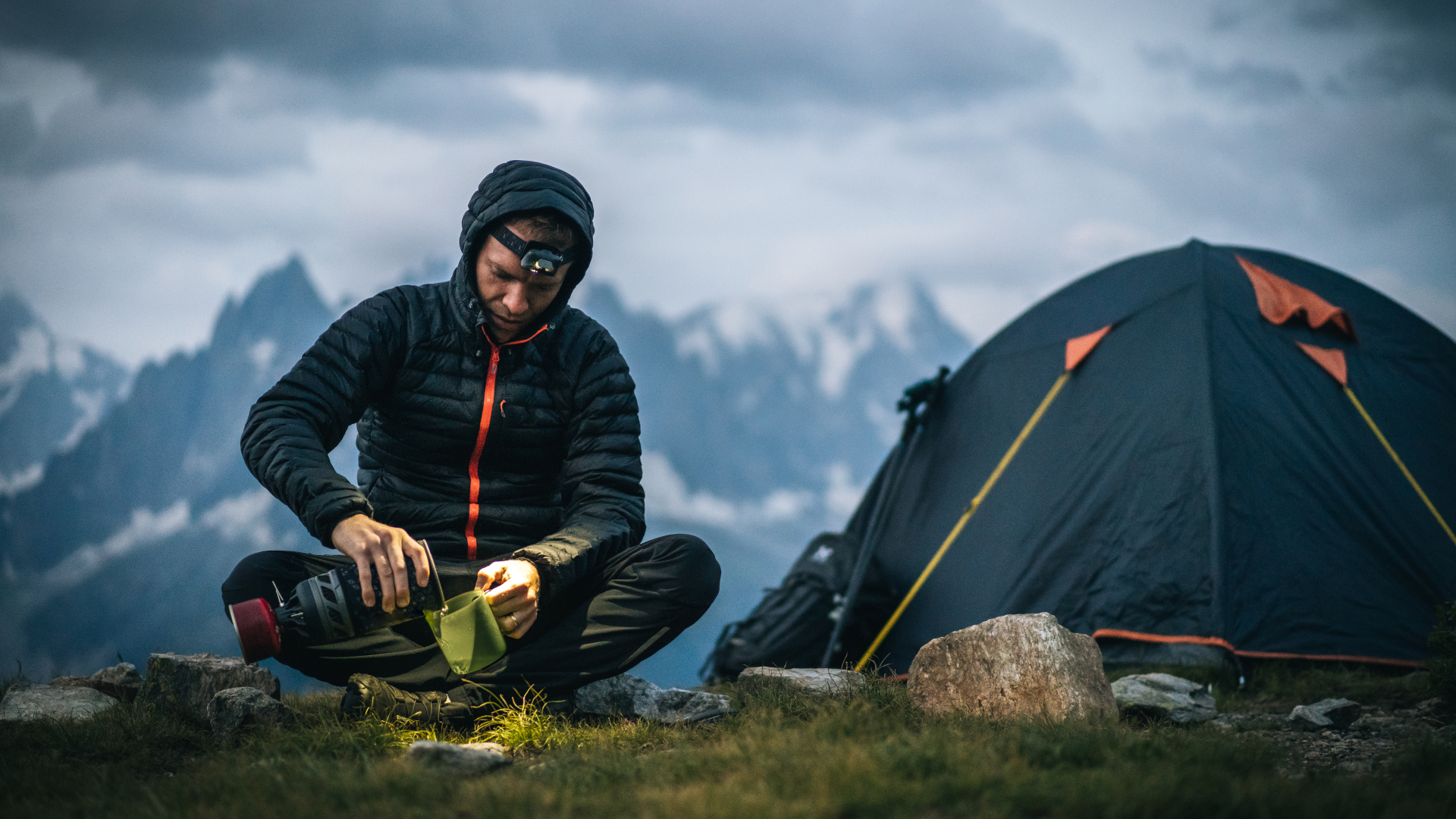
Camping comes with a lot of gear and with a lot of gear comes a lot of jargon. Are you in the backcountry or the frontcountry? Is your tent freestanding or non-freestanding? What is a bivy sack anyway? It can all get a little confusing, and fast, so we’ve come up with a quick guide of common camping terms to help you navigate your way through the verbose world of camping.
A-frame tents
A-frame tents are simply tents that are in the shape of an A, or perhaps more accurately, a pyramid or triangle. These tent designs are a little more old school than modern types of tent such as dome-shaped tents and those with geometric designs.
Backcountry
Backcountry is the common North American term to describe rural, undeveloped areas. You will often be camping in the backcountry, but not always; for example, you might find yourself camping in a developed campsite in a National Park with lots of nice facilities like toilets and showers.
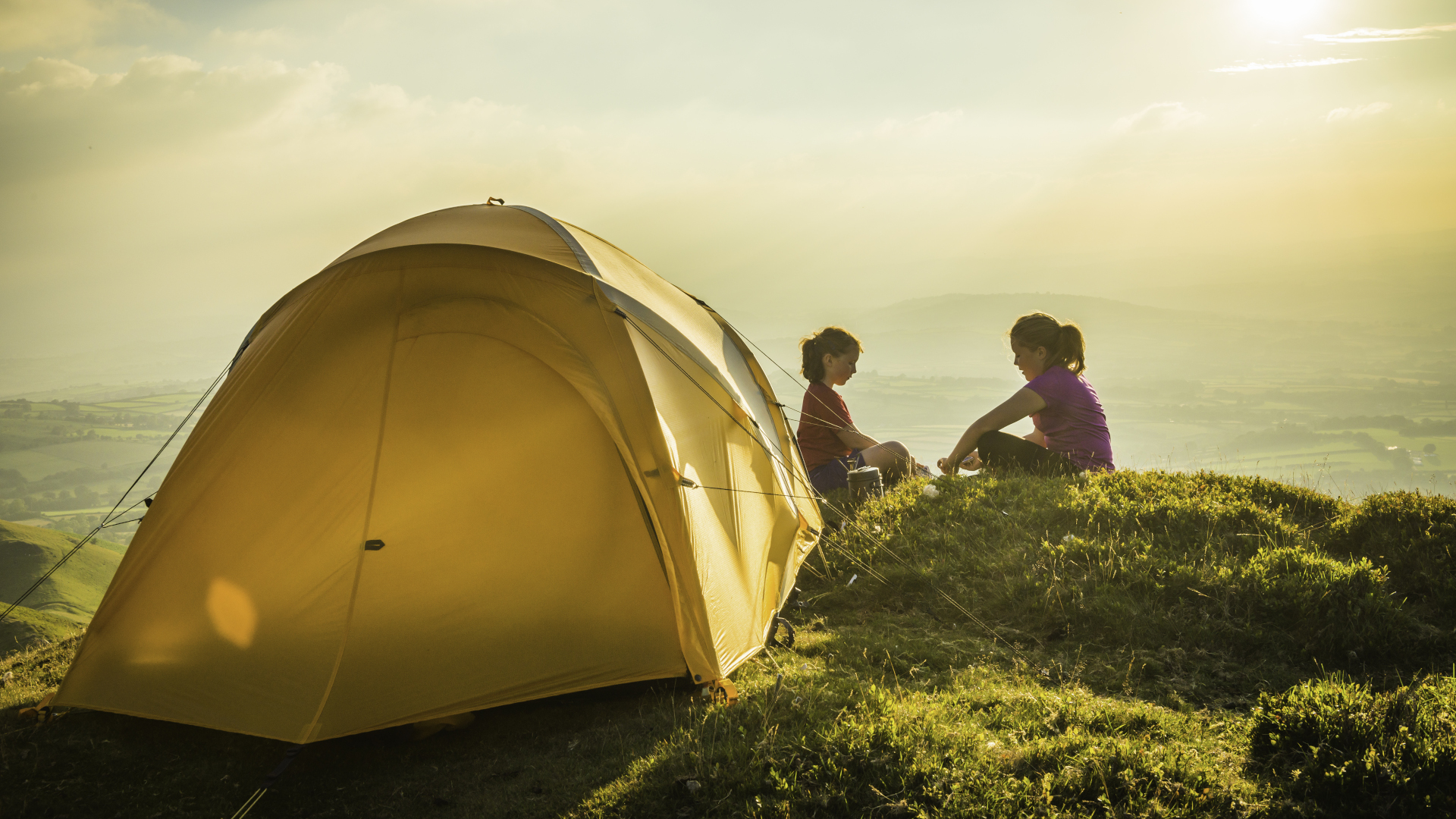
Backpacking
Backpacking is a means of camping where you hike to your destination carrying all of your gear in your backpack. Backpacking can entail anything from a single-night excursion to a thru-hike.
Bear canister
A bear canister is a portable, hard-walled food locker that locks and secures food and other scented items like trash and toiletries from bears and other animals.
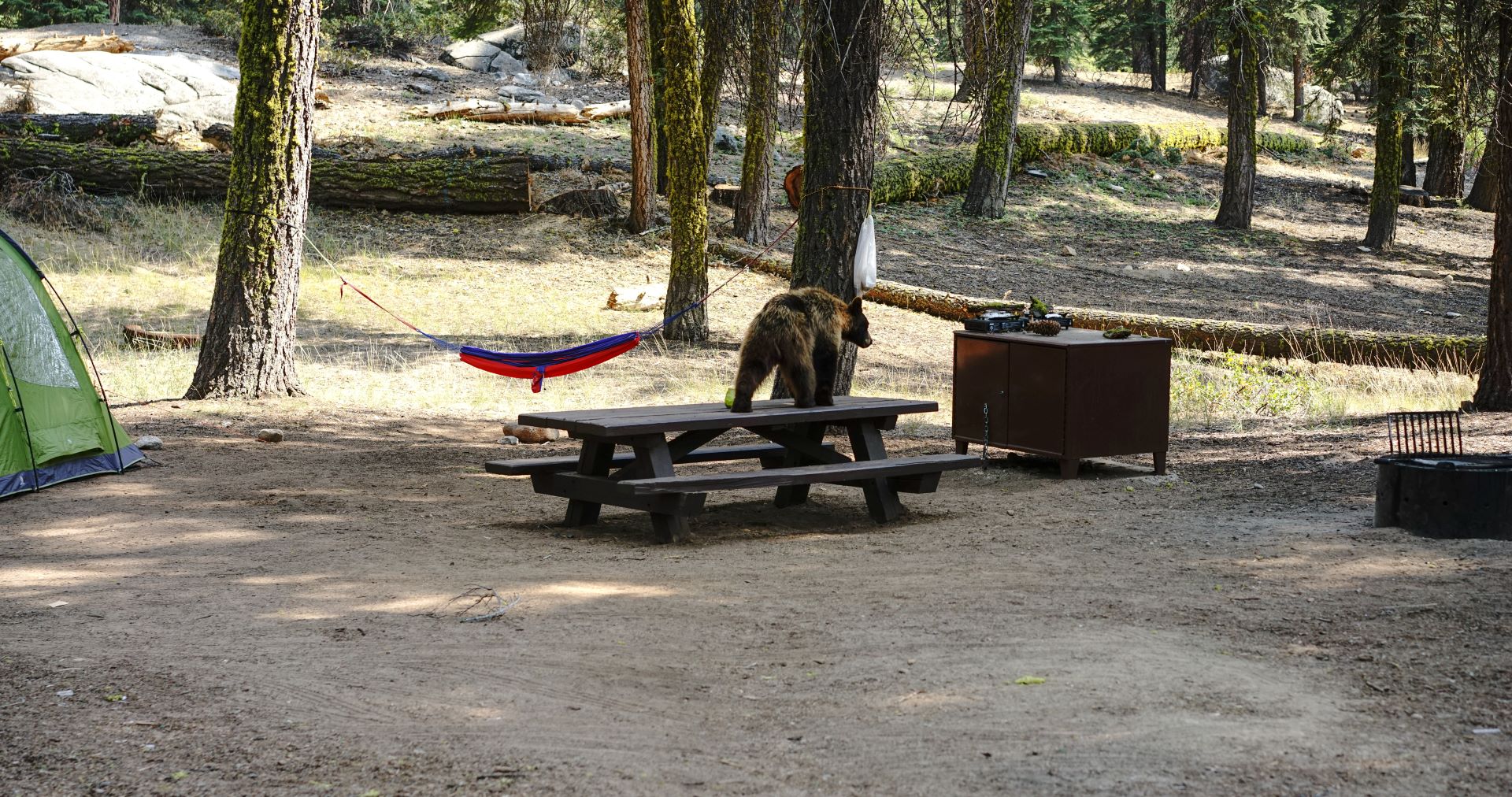
Bikepacking
A hybrid between cycle touring and backpacking, bikepacking enthusiasts carry their camping gear in bags that fit neatly around the frame of their bike.
Bivy
A bivy sack is a simple and extremely lightweight sack for your sleeping bag and is used in place of a tent for ultralight camping and bikepacking.
Advnture Newsletter
All the latest inspiration, tips and guides to help you plan your next Advnture!
Car camping
Despite the name, car camping doesn’t involve camping in your car; rather, it refers to camping where you drive – rather than hike – to your campsite.

Dispersed camping
Dispersed camping is a North American term primarily used by National Parks and National Forests to describe camping outside of a designated campsite. It is called wild camping in the UK.
Double-wall constructions
A type of tent that has an inner, breathable wall on the main tent body and a separate, waterproof rain fly that can be removed in dry weather and for stargazing.
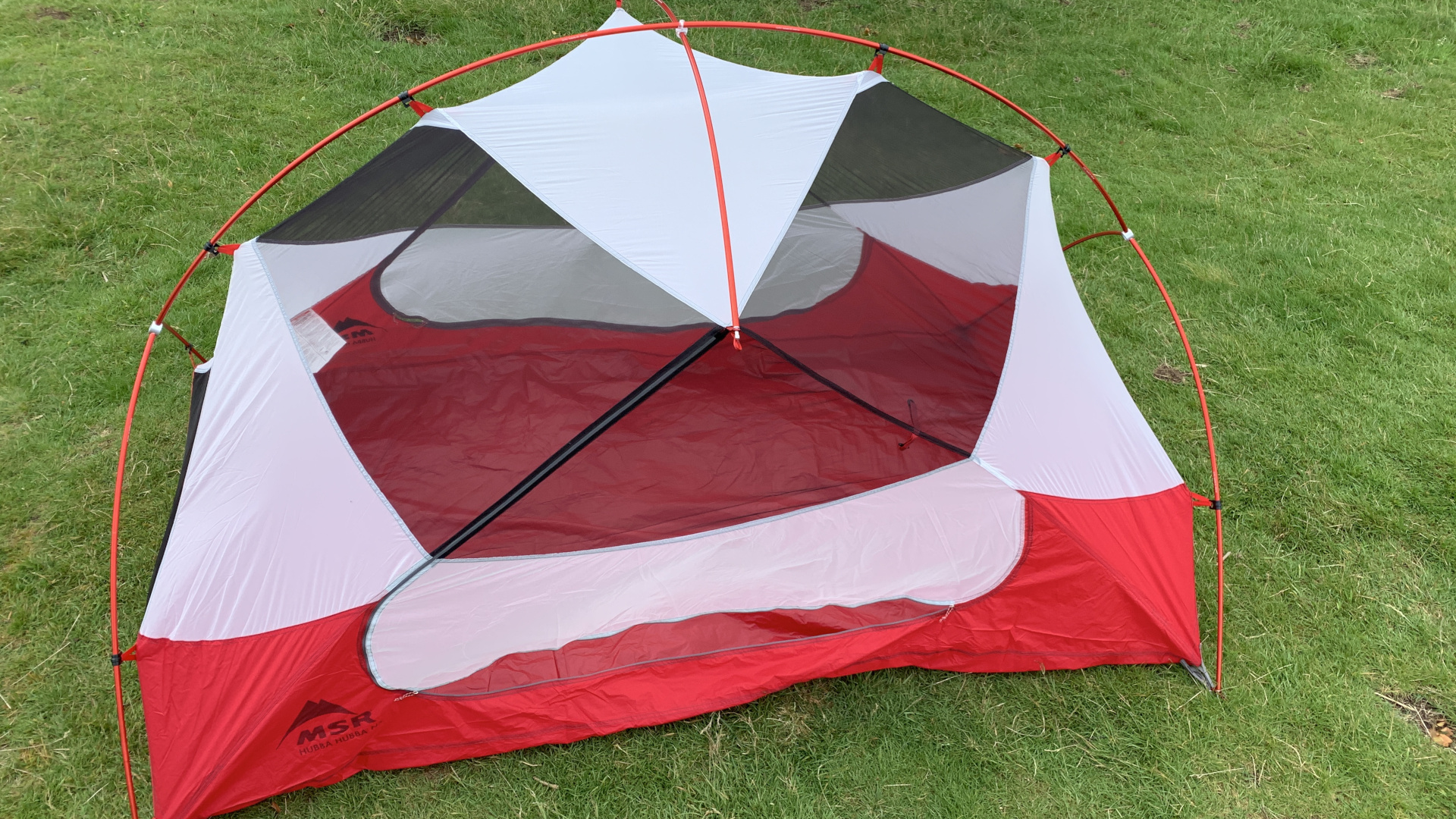
Freestanding tent
Freestanding tents use poles that, once inserted, maintain the tent’s shape and structure without the tent needing to be staked.
Frontcountry
An increasingly common US term to describe camping that takes place in designated campgrounds, and is often the go-to term for camping in National Parks.
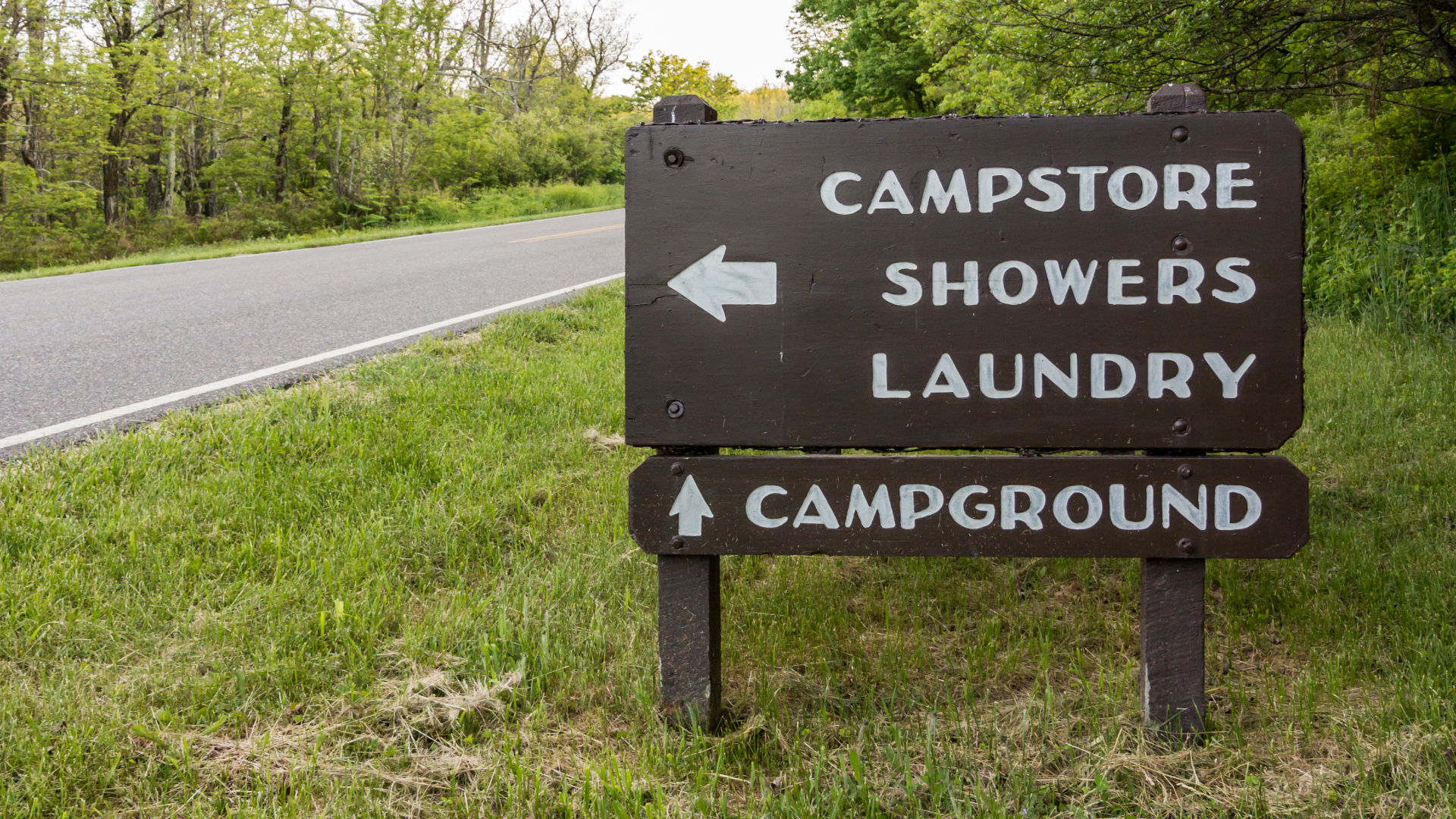
Glamping
A term to describe “glamorous camping,” glamping disposes of roughing it and involves pre-installed structures such as yurts and may include real beds, running hot water and electricity.
Groundsheet (footprint)
A groundsheet, also known as a tent footprint, is a sheet of fabric placed underneath your tent to provide added weather protection and insulation. These used to come with tents, however many modern tents have reinforced bottoms and forego separate footprints to save on weight.
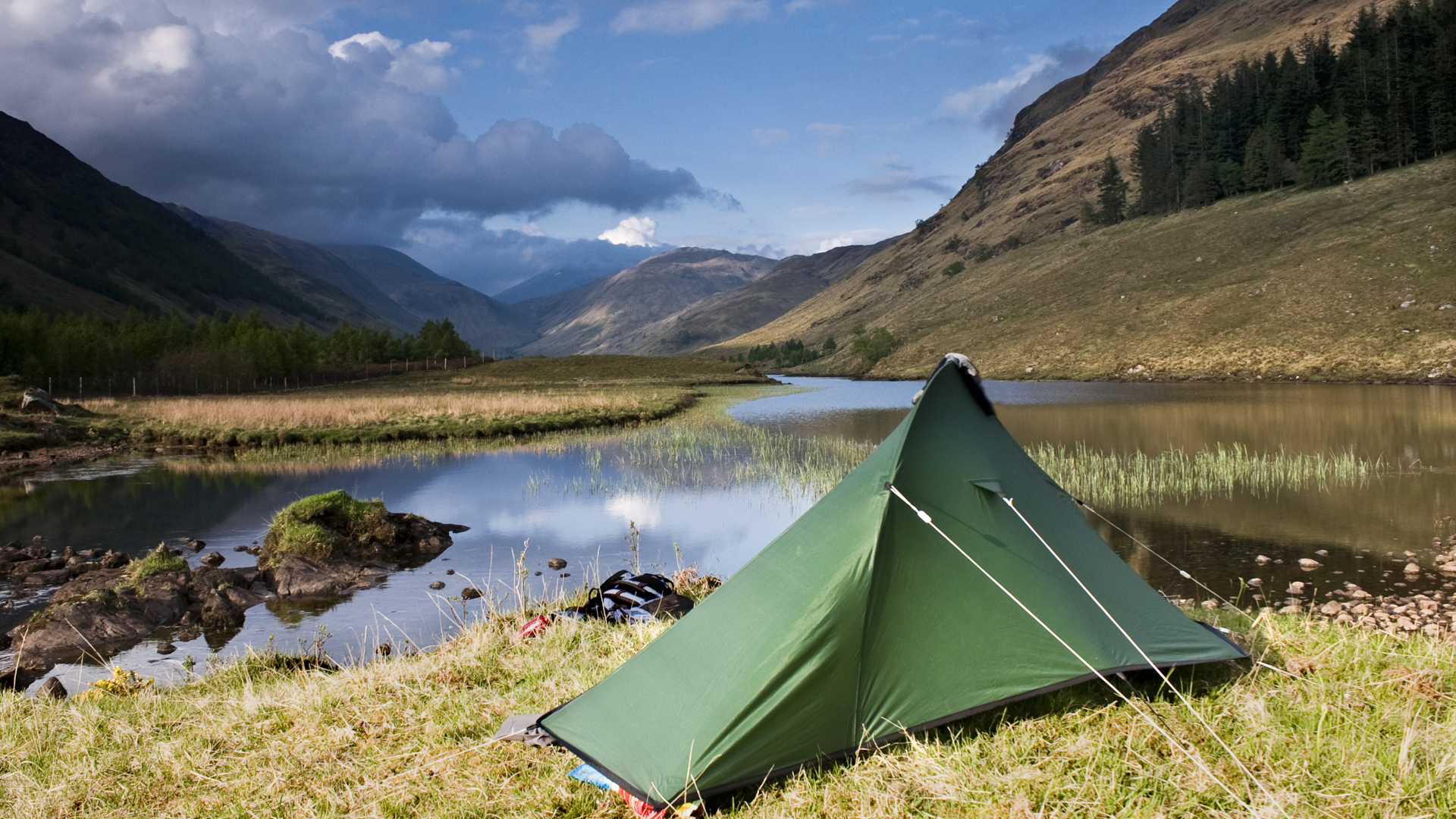
Guy line
Guy lines are the rope cords that are usually on your fly sheet or the tent body itself and usually have plastic sliders tied to them and. Staking them out adds space, stability, waterproofing and breathability to your tent.
Kindling
Kindling refers to the small sticks and twigs that you use to start a campfire.
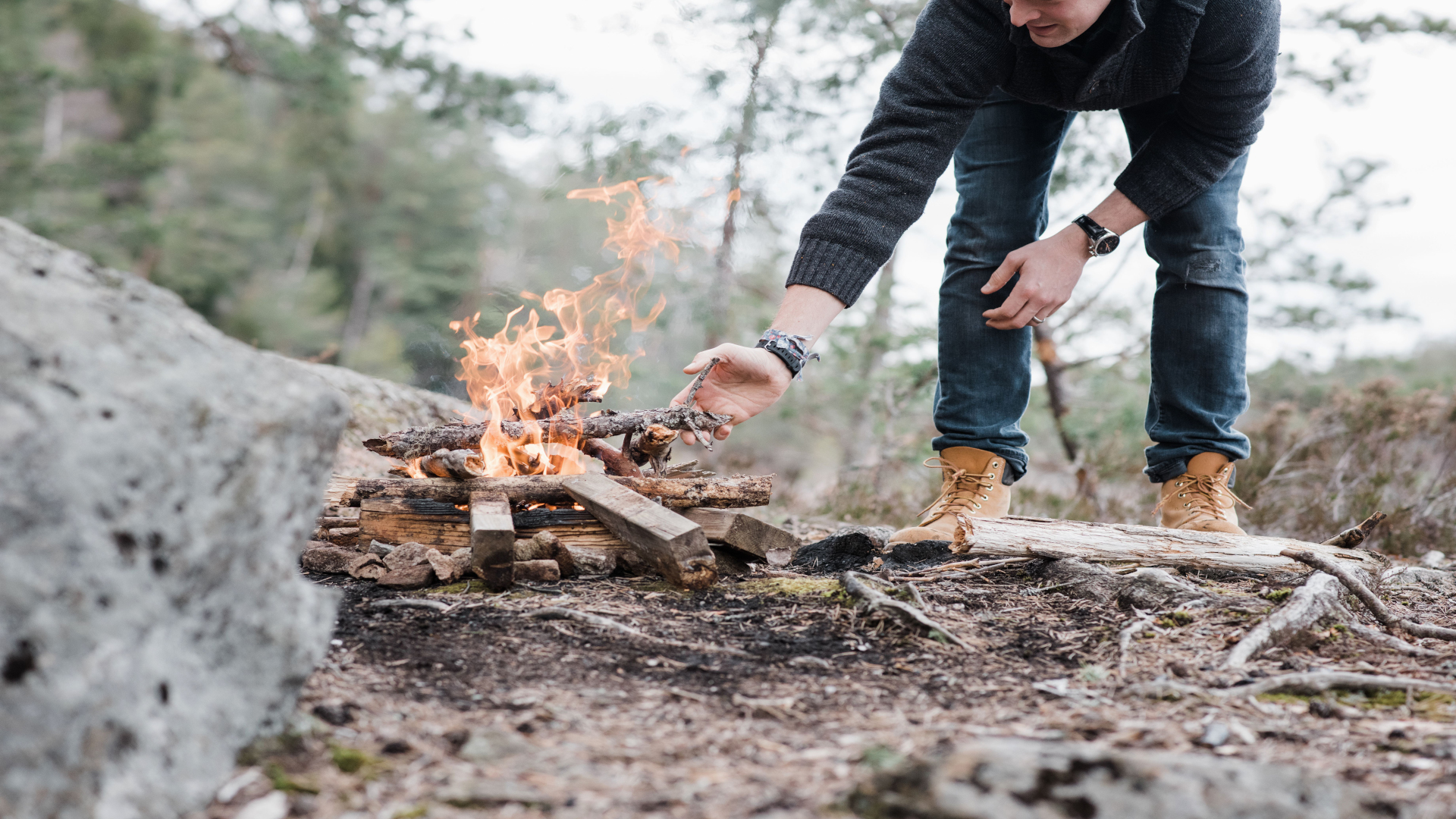
Mummy bag
Not quite as exciting as it sounds, this is just one of the types of sleeping bag that uses a tapered, streamlined design that has a snug fit around the feet, a little more width in the hip and shoulder area, and a hood that can be cinched closed to help you maximize heat retention.
Non-freestanding tent
Also known as a trekking pole tent, a non-freestanding tent forgoes the tent poles for minimal pack size and weight. These tents usually need to be staked out first, and are just piles of nylon lying on the ground until you prop them up.
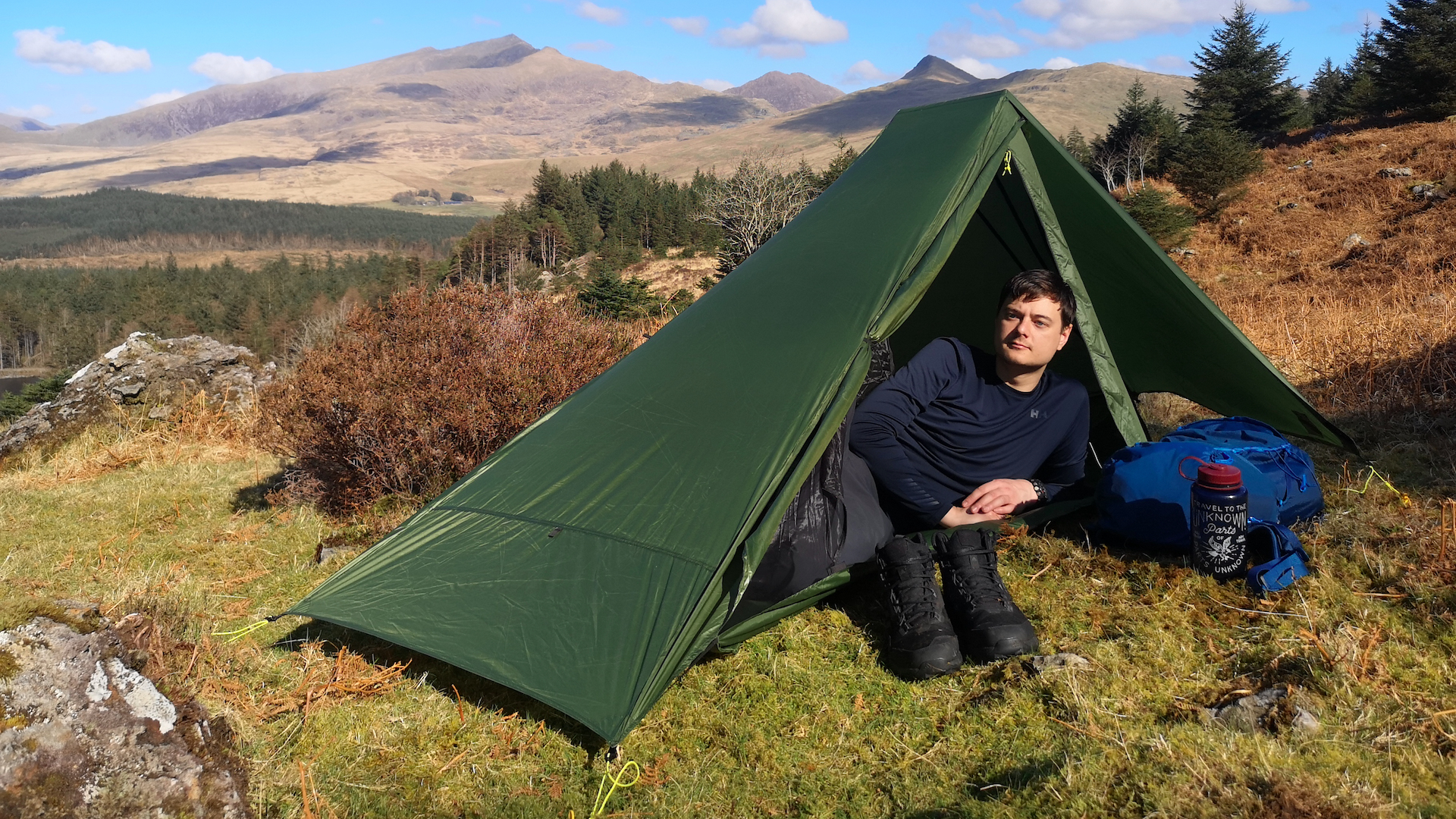
Potable water
Another word for drinking water.
Primitive camping
Camping in a site without amenities like flushing toilets. This can mean dispersed camping, however some established campsites that you pay to use are also primitive.
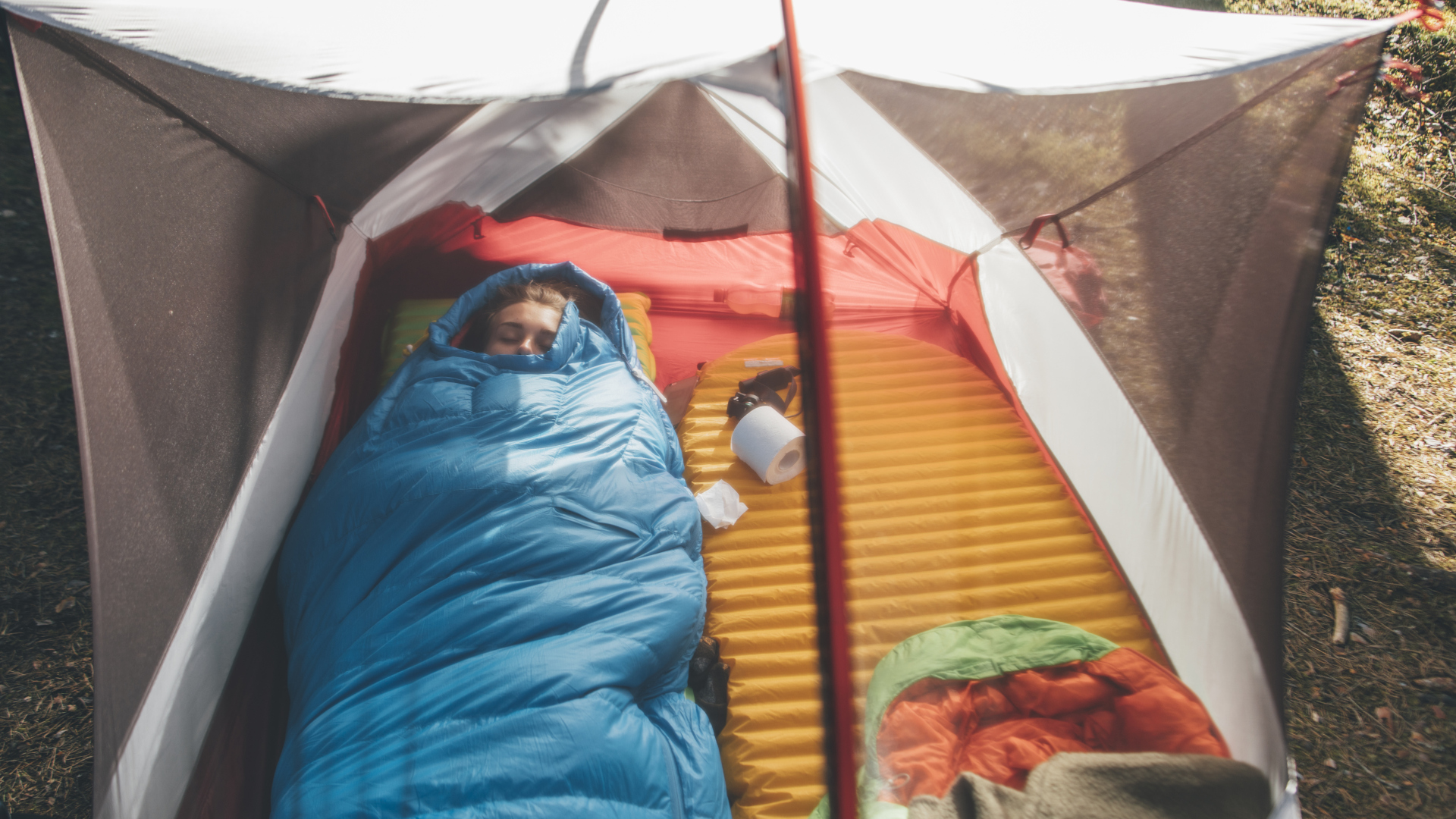
R-value
A value that describes your sleeping pad’s ability to insulate. The higher the R-value, the warmer you’ll be at night.
Rain fly (fly sheet)
A rainfly or fly sheet is the outermost layer of a tent with double-wall construction, designed to withstand rain.
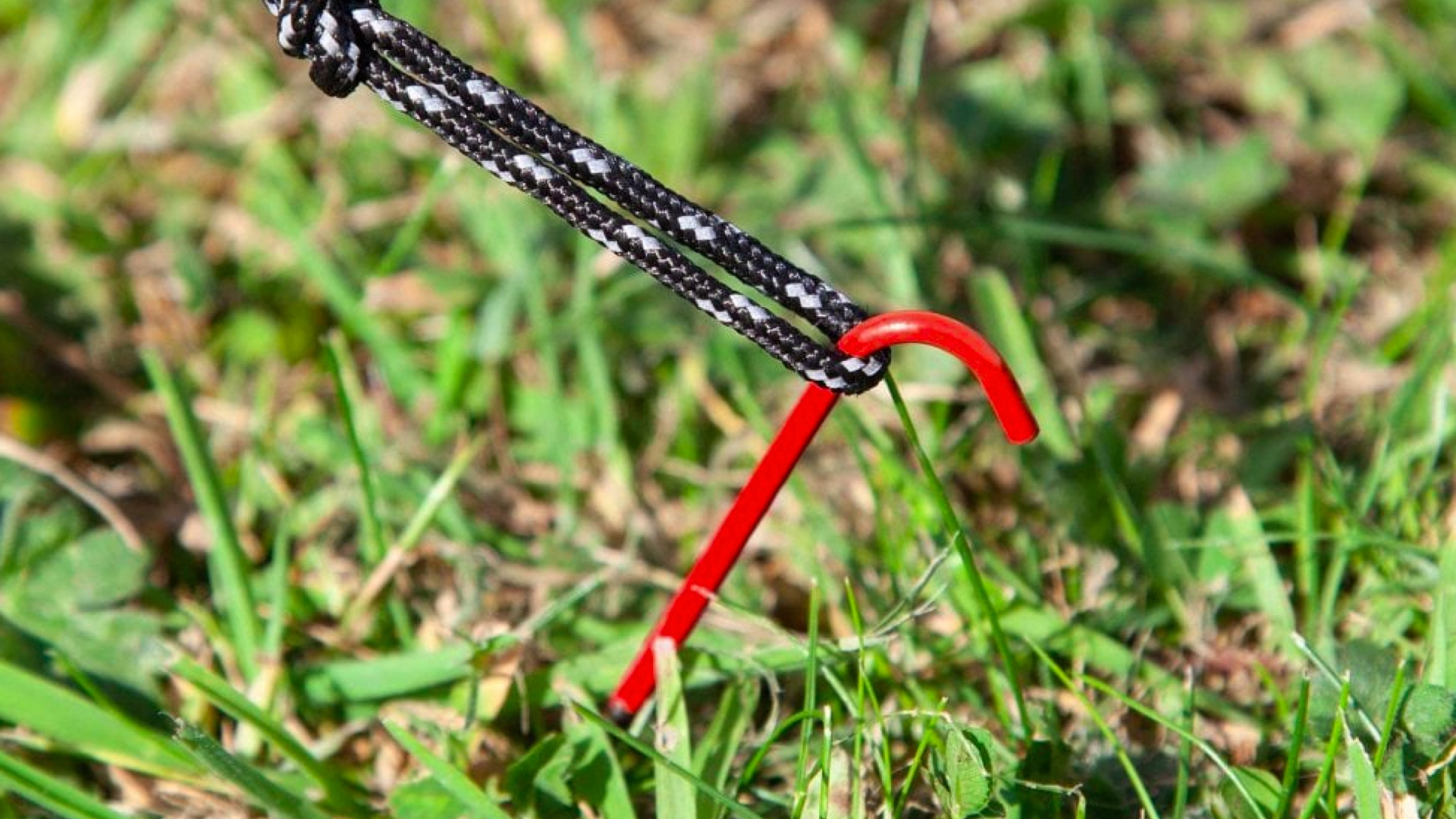
Stakes (pegs)
Stakes or tent pegs are metal, wooden or plastic spikes with a hook on one end that are used to tether your tent to the ground via grommets and guy lines.
S’mores
A classic American camping dessert, involving roasted marshmallows, chocolate and Graham crackers (there are many arguments about the best way to make a S’more).
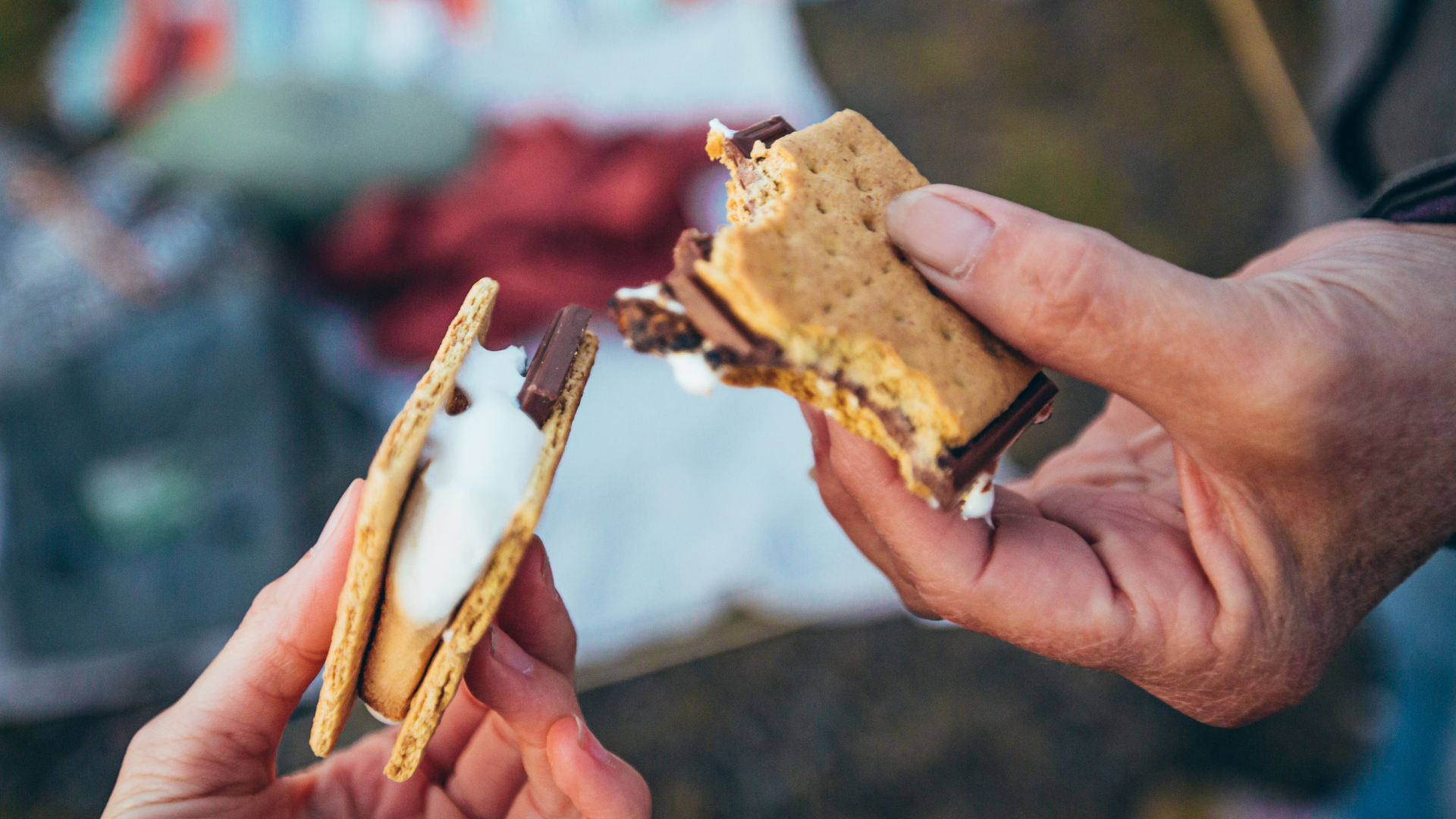
Tent site (tent pad)
Developed or established campgrounds will usually have tent sites, which are a designated area of flattened ground, gravel or sand where you should pitch your tent.
Julia Clarke is a staff writer for Advnture.com and the author of the book Restorative Yoga for Beginners. She loves to explore mountains on foot, bike, skis and belay and then recover on the the yoga mat. Julia graduated with a degree in journalism in 2004 and spent eight years working as a radio presenter in Kansas City, Vermont, Boston and New York City before discovering the joys of the Rocky Mountains. She then detoured west to Colorado and enjoyed 11 years teaching yoga in Vail before returning to her hometown of Glasgow, Scotland in 2020 to focus on family and writing.

